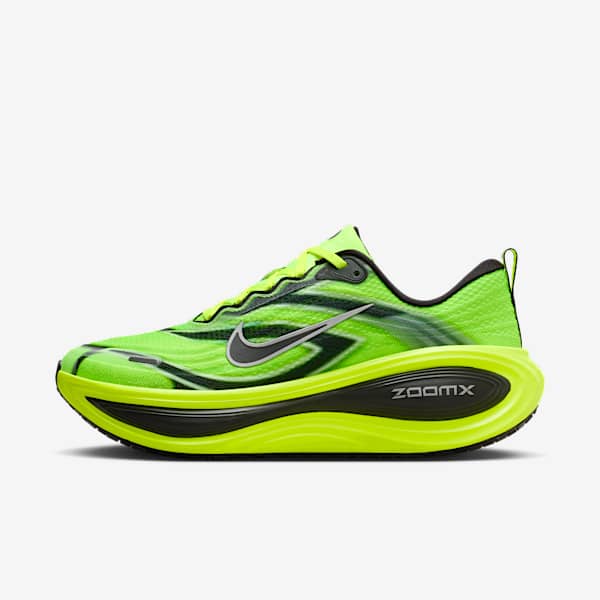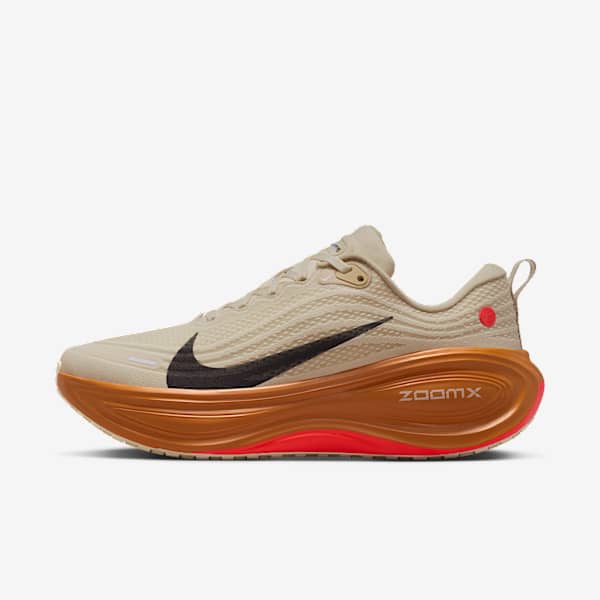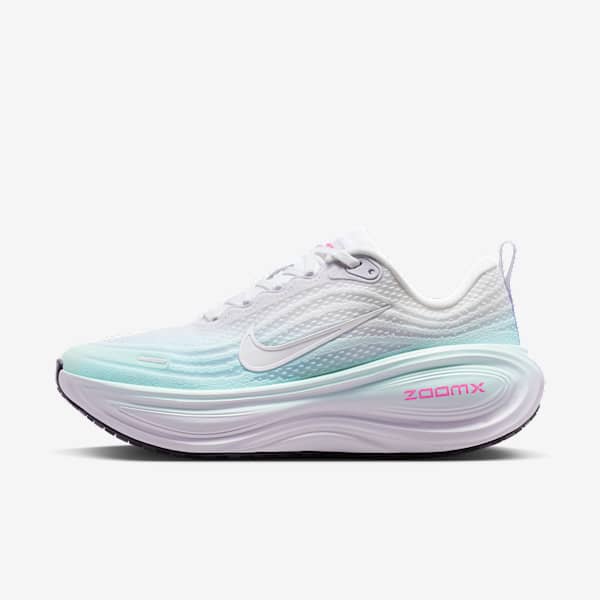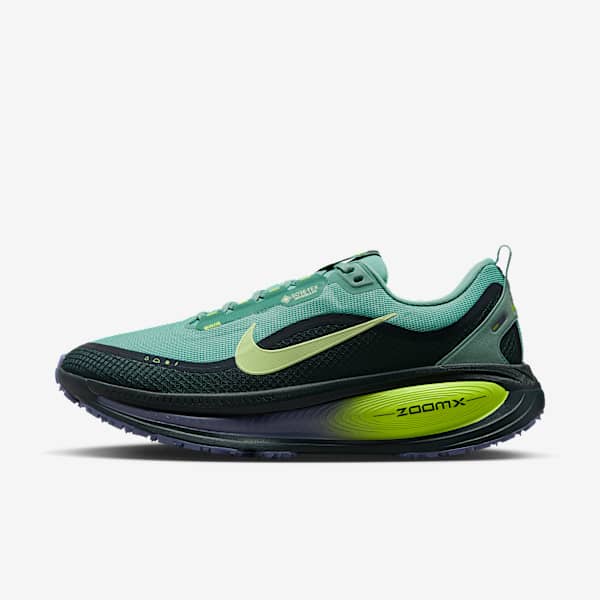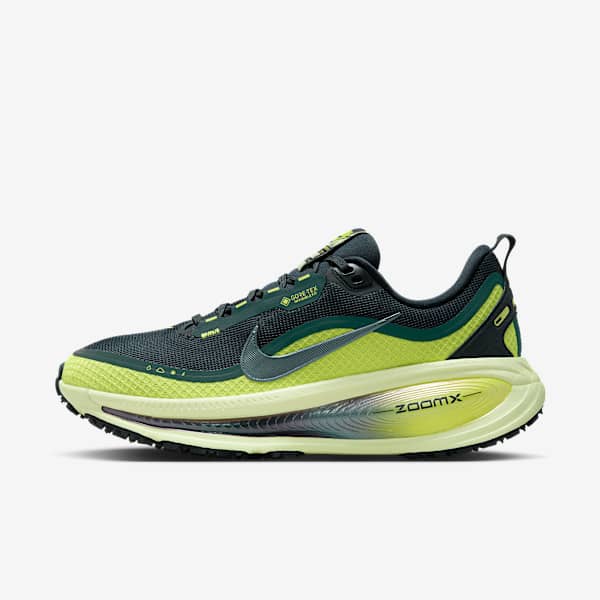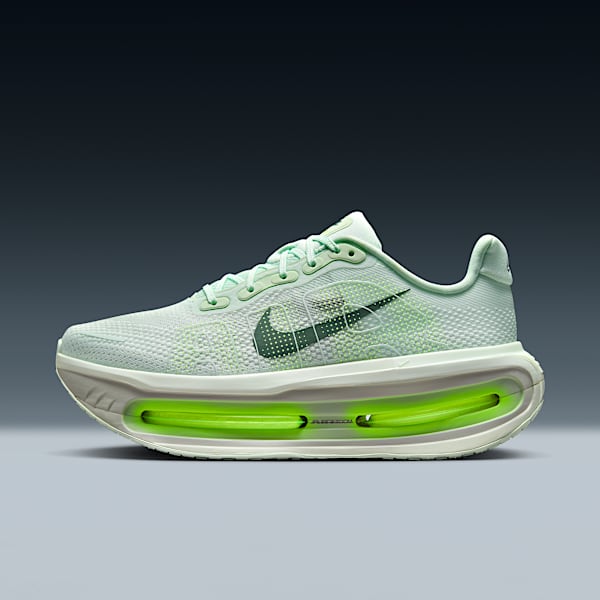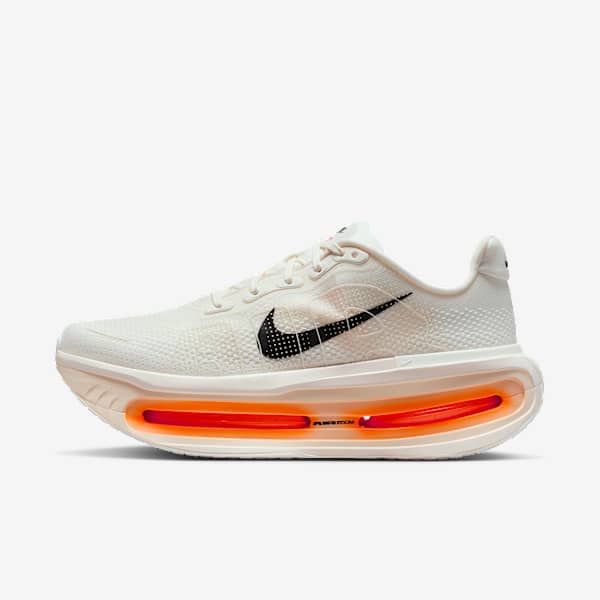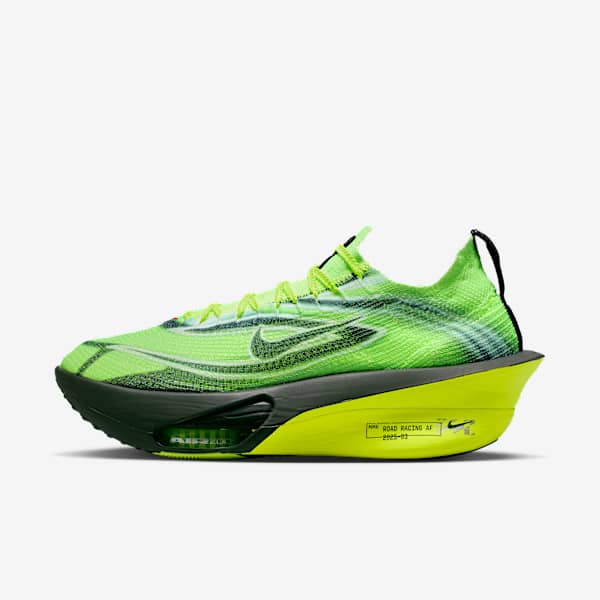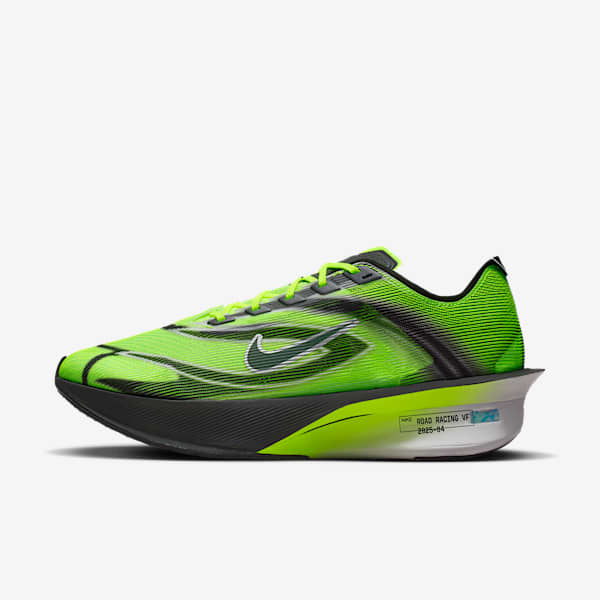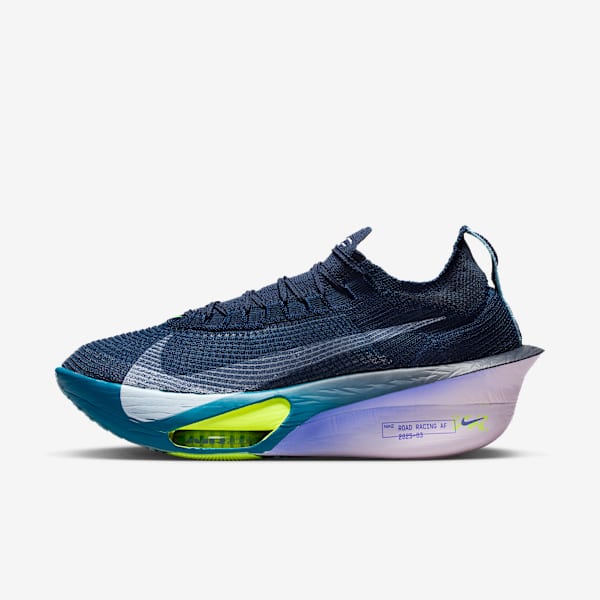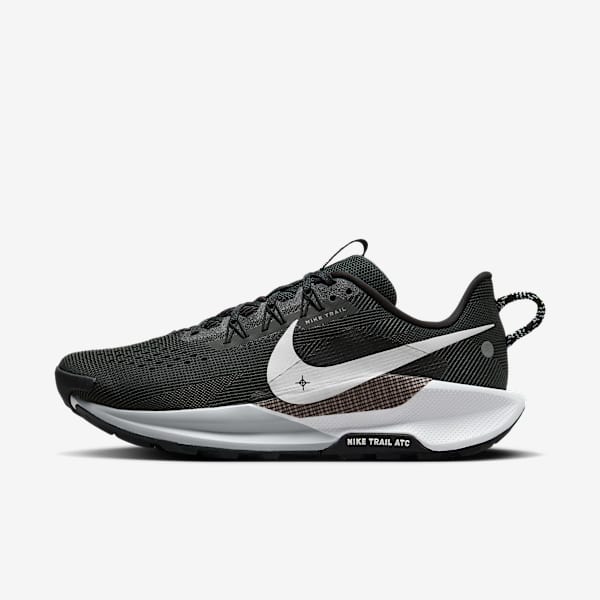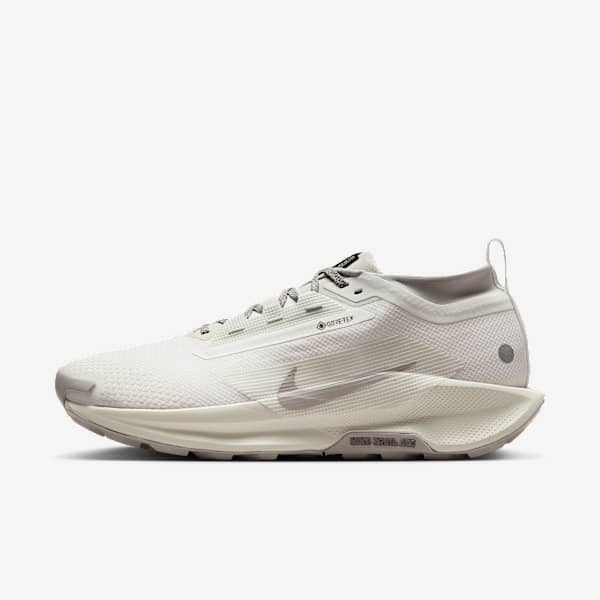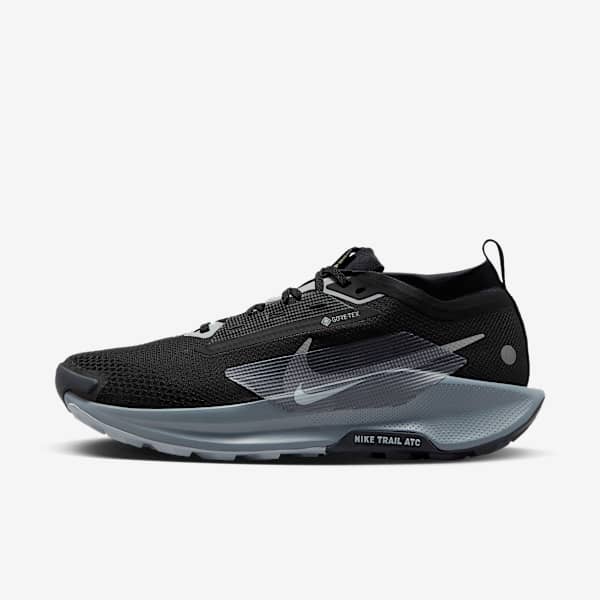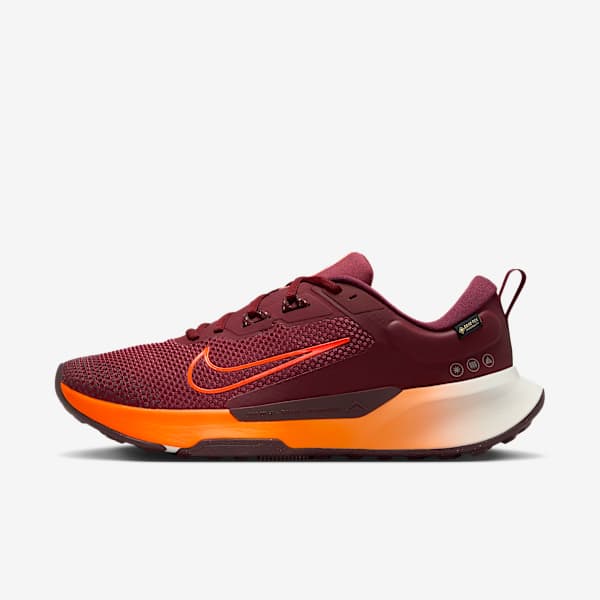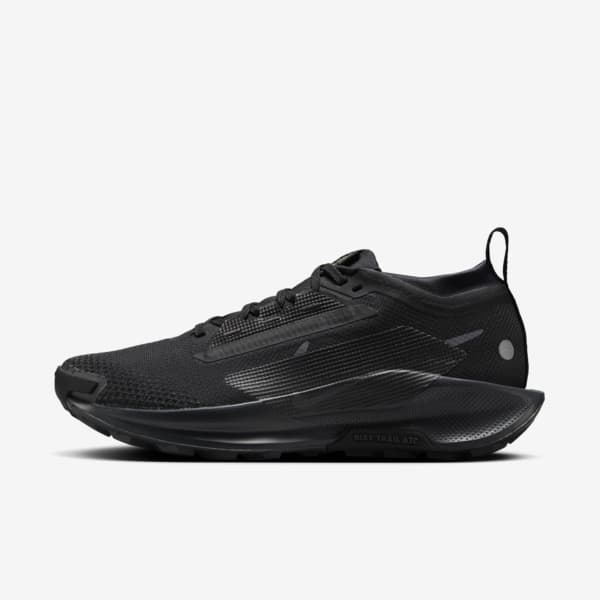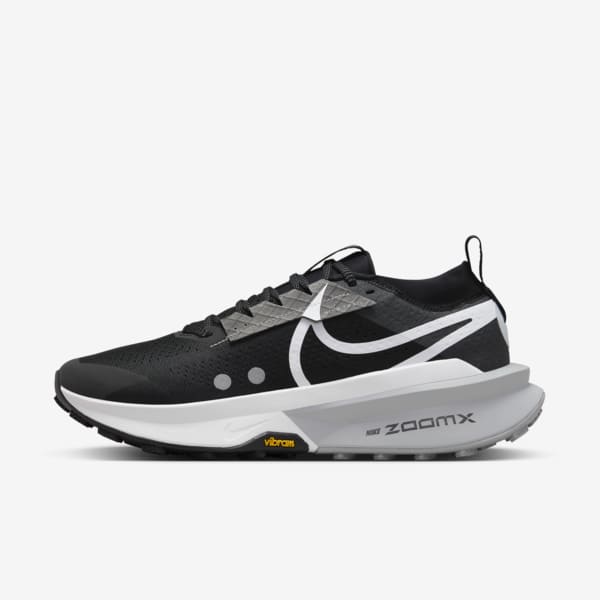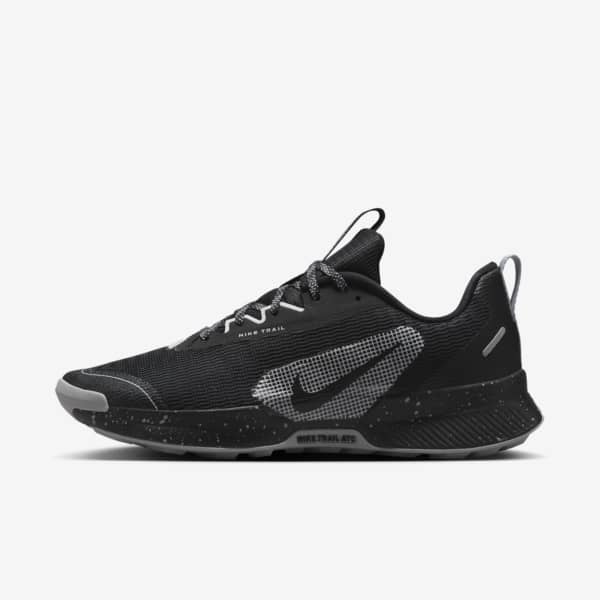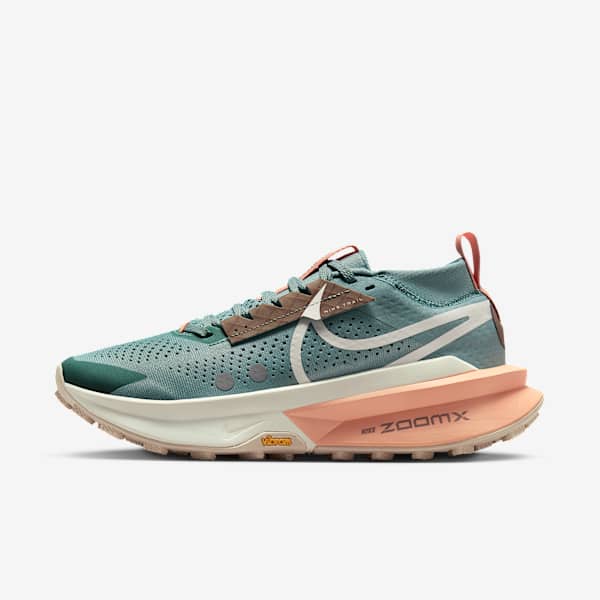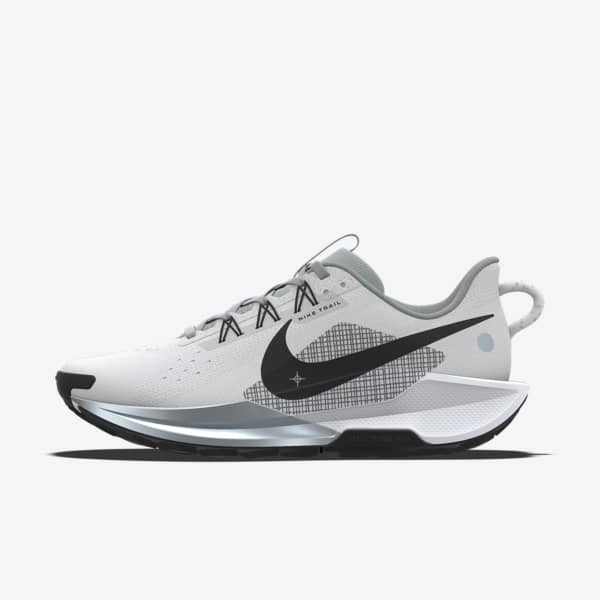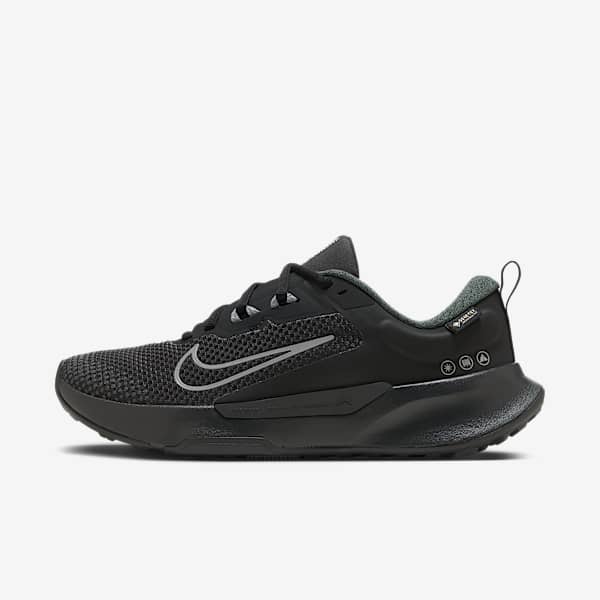What Makes Trail Running Shoes Different from Running Shoes?
Buying Guide
When you take your training off-road, the different terrain requires a specialised type of shoe. Here's how trail runners are different from running shoes.
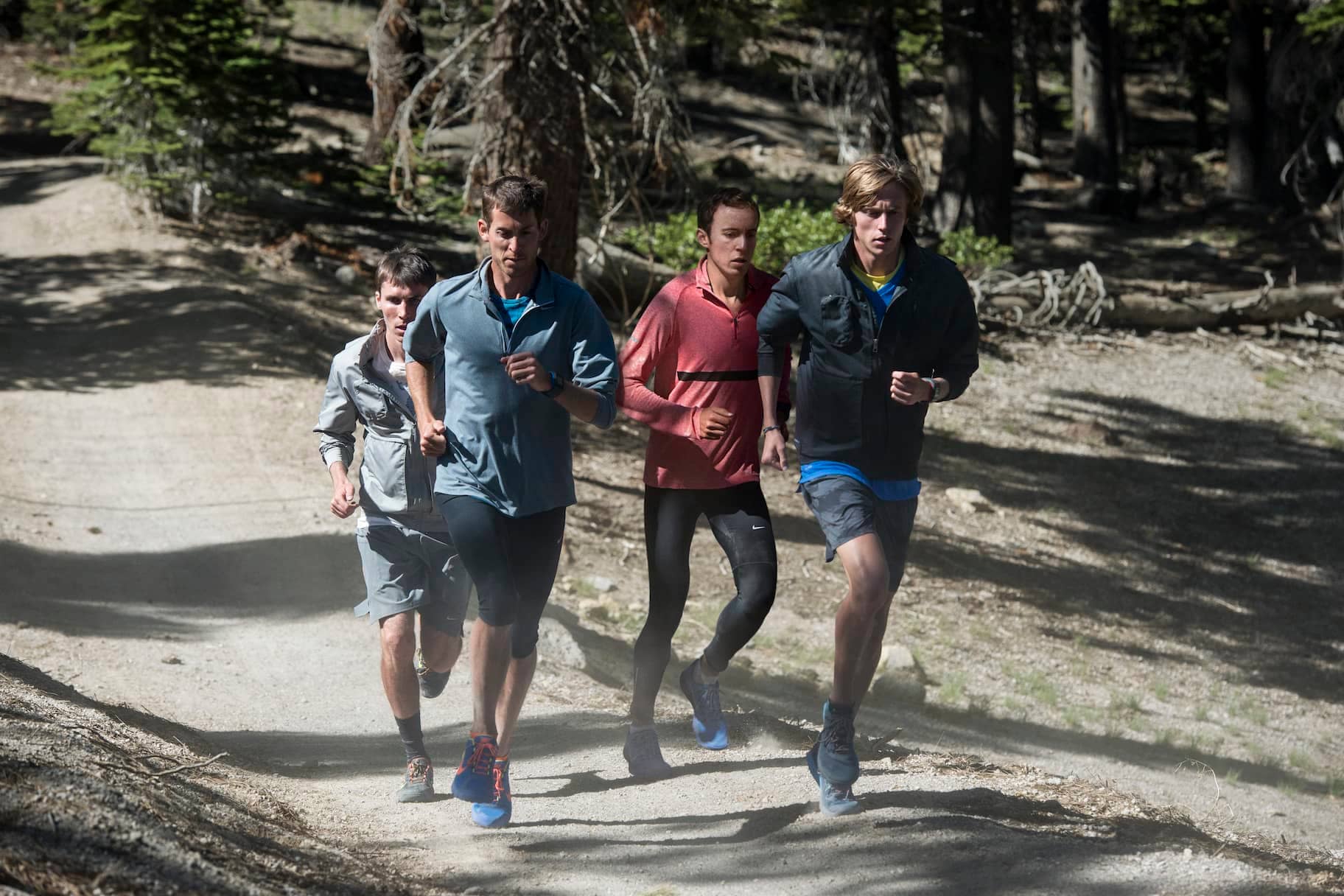
The challenging new terrain you'll encounter when you run off-road will take your training to the next level. As you weave in and out of trees, hop over rocks and dash uphill, you'll burn more calories and build your strength more quickly than you would on a treadmill.
But as you make your way through nature's obstacle course, you'll require footwear that protects your feet, supports your movement and grips the ground underfoot.
If you already have a pair of well-fitting road running shoes, you might be wondering if you also need a pair of trail runners. While road shoes may work on milder terrain, there are key differences between these shoe types that make road running shoes less than ideal for trail runs.
Road Running Shoes
- Smooth rubber outsoles designed for tarmac
- Soft midsoles for better shock absorption
- Lightweight, breathable uppers for comfort
Trail Running Shoes
- Sticky rubber outsoles or deep lugs for better traction
- Stiffer midsoles for support and protective rock plates
- Durable uppers that keep out debris
Trail Runners Provide More Traction
Trail shoes are designed to grip softer surfaces than road shoes, which is especially important when trail running in the rain. Manufacturers often use a stickier rubber for the outsole.
Since this rubber is softer than the blown rubber used for road runners, it's vulnerable to abrasion on the tarmac. Trail runners won't hold up as long if you wear them on the road. On the other hand, road runners don't provide enough traction in rough terrain. But trail running shoes often have deep, wide lugs that give them better grip on multiple surfaces.
Road Running Shoes Are More Lightweight
Because trail runners have chunkier outsoles and denser midsoles, they're heavier than road shoes. But that doesn't mean they will be cumbersome. Choose a pair that protects your feet without unnecessary weight. And if you'll be running on roads, pavements or the treadmill, opt for a pair of road runners.
Trail Running Shoes Offer More Stability
A shoe's midsole (the area between the outsole and the upper) varies across a spectrum from soft and cushioned to stiff and stabilising. When you're running on a surface that isn't level, you need more support for your feet.
That's why trail shoes often have stiffer midsoles. They may not provide the cushioning and shock absorption necessary for running on tarmac, but they're perfect for running up a mountain or through the woods.
Road Runners Provide More Cushioning
As your feet hit the hard surface of the road, you'll experience a greater force of impact on your muscle tissues than you would off-road. That's why road running shoes are designed to provide soft cushioning, shock absorption and bounce.
Trail Running Shoes Protect You from the Elements
You're likely to encounter sharp objects or kick up dirt as you run along trails. Trail shoes are designed to protect you from rocks and debris. Some trail runners have rock plates built into the midsole.
While road running shoes sometimes have medial posts, these are designed to correct pronation rather than provide protection. And their breathable uppers might let dirt or mud get inside your shoes.
Road Running Shoes Are More Breathable
Road running shoes tend to have breathable nylon uppers with fewer reinforcements than trail running shoes. However, that doesn't mean trail shoes don't let your feet breathe. A great example of a trail running shoe that's both breathable and durable is the Nike Wildhorse 7.
Trail Runners Are More Durable
The soft rubber on the outsoles of trail running shoes may not hold up as well on the road, but the opposite is also true—road shoes aren't built to be battered by trails. The lightweight, breathable uppers are more prone to rips and tears.
Trail shoes are often reinforced with synthetic materials around the toes, sides and heels. Some also include GORE-TEX linings to help keep moisture out. And most have gaiter attachments so you can prevent debris and water from entering through the top of the shoe.
How to Choose a Pair of Road Running Shoes
1.Find the right fit
Take the shoes for a test run and make sure there is wiggle room in the toe box and snug support everywhere else. Ensure the ankle collar and saddle don't rub or pinch and pay attention to any pressure points. Don't expect a pair of road running shoes to break in—they should feel comfortable straight away.
2.Consider the comfort
Scientists at Nike Sports Research Lab discovered that a comfortable shoe with plenty of cushioning is most effective at preventing injury. Choose a shoe with a softer foam midsole that isn't too heavy.
3.Pick a style you like
Once you've narrowed down your options to shoes that fit you comfortably, you can choose the colour and style that'll give you the biggest confidence boost as you train.
Get more tips for choosing running shoes.
How to Choose a Pair of Trail Running Shoes
1.Factor in your mileage
While it's important for trail shoes to be supportive, you'll need plenty of cushioning if you go on longer runs. If you'll be running long distances, opt for a pair of trail runners with softer midsoles.
2.Take the terrain into account:
If you'll encounter rocky terrain, you'll want a pair of trail runners with toe guards and durable uppers. If you'll be running in the mud, it'll be more important to have a waterproof upper and wide-spaced lugs for traction. You should also consider stability of the shoe.
3.Consider the feel:
Do you want to feel the trail underfoot or would you rather absorb the impact with more cushioning? It's a matter of personal preference, so decide what's most important to you before choosing a shoe.
Frequently Asked Questions
Can You Wear Trail Running Shoes on the Road?
It's best to avoid wearing your trail running shoes on the road, since the hard tarmac can wear away the soft rubber outsoles. Plus, a pair of trail running shoes won't provide as much shock absorption as your road running shoes.
For best results, wear a pair of road running shoes on hard surfaces and put on your trail runners when you go off-road.
Can You Wear Road Running Shoes on Trails?
Road running shoes are built to last, but only on treadmills, streets and pavements. Their lightweight uppers may get damaged by rocky terrain. And they won't provide as much traction, protection or stability as trail shoes.
While it's OK to wear your road running shoes when occasionally running on mild terrain, you should purchase a pair of trail runners if you regularly go off-road.
How Many Pairs of Running Shoes Should You Have?
It's a good idea to have at least two pairs. If you alternate your running shoes, you'll decrease your risk of running-related injuries by 39%, according to a February 2015 study in the Scandinavian Journal of Medicine and Science in Sports.
It's also important to consider your terrain before you go out for a run. Many athletes have a pair of everyday road running shoes, a pair of durable trail running shoes and a lightweight pair of race shoes.
What Size Running Shoes Should I Buy?
You should buy the size that best fits your larger foot, but if you're in doubt when shopping online, measure your feet against a size chart. If you're in-between sizes, order a half-size up.
What's the Difference Between Trail Running and Hiking Shoes?
Hiking shoes often have thicker, wider outsoles that offer better traction when moving at a slower pace. They can be heavier and bulkier to run in, but they'll provide more stability and durability on rough terrain.
Hiking shoes also tend to be warmer in the winter. In many cases, you may be able to wear your trail running shoes when going for a hike, provided they're designed for the type of terrain you'll encounter.


